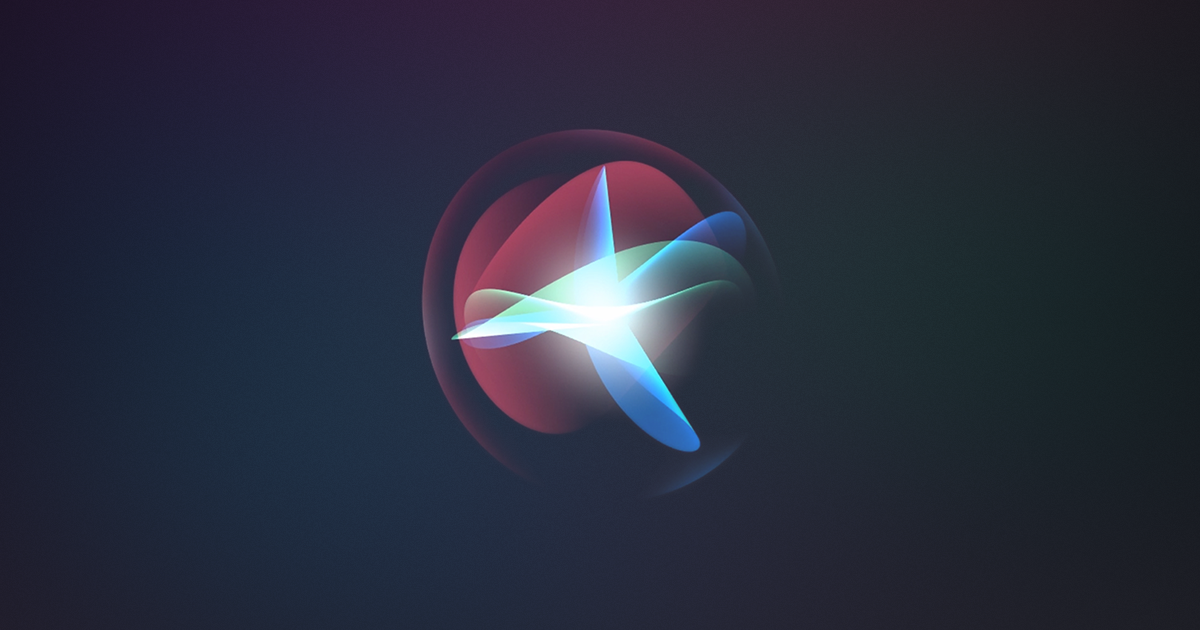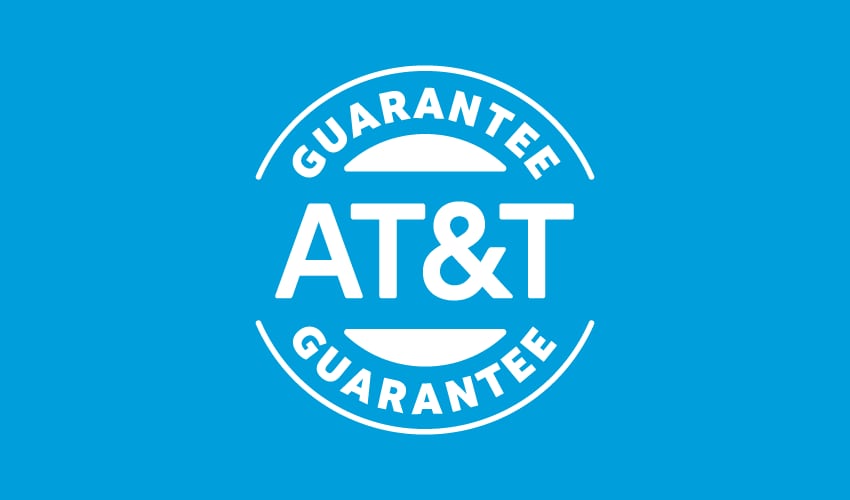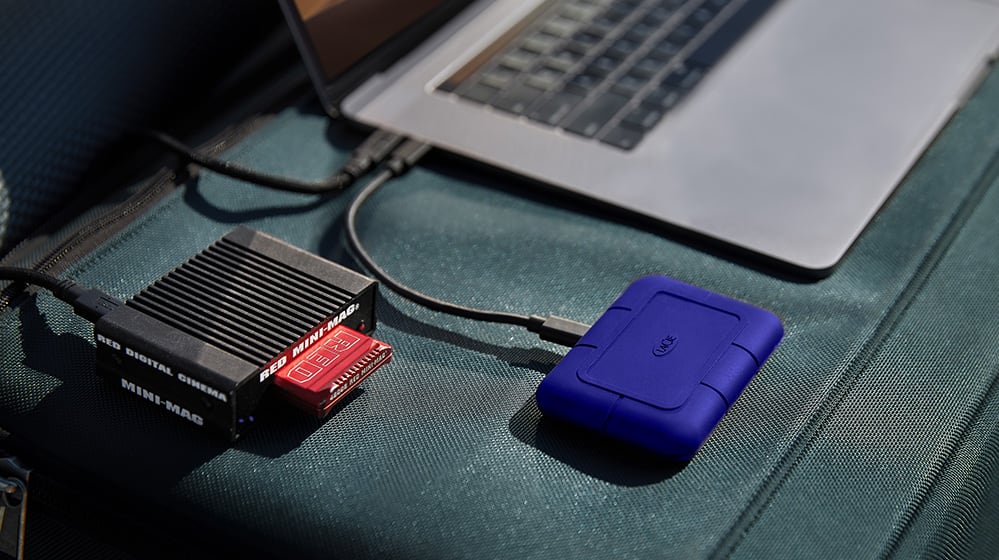Official: Samsung wants to launch a 1000TB SSD before 2033
Samsung’s Vice President of Samsung and General Manager of NAND Product Planning Group, Kyungryun Kim, has revealed the company wants to launch a 1PB (1000TB) SSD “in the next decade” (ed: that could mean in the next ten years or in the decade starting 2031) with research being carried out on three fronts (physical scaling, logical scaling and packaging) in order to reach that target.
The South Korean tech giant has had a 128TB QLC SSD in the pipeline since at least August 2017 (yep, almost six years ago) and a 128TB PCIe SSD was unveiled back in August 2022 during the Flash Memory Summit.
It is therefore quite fitting that the bombshell 1PB announcement was made at another event, the 2023 China Flash Memory Market Summit.
Beyond PLC
One thing that is almost certain is that this drive won’t be using QLC (Quad-layer Cell) because of data density which is basically the number of bytes per unit volume.
Niche storage player Nimbus Data unveiled a 100TB SSD back in 2017 but it was a 3.5-inch drive and had a sticker price of $40,000. Samsung will probably need to change the form factor of the drive (the 128TB SSD from 2022 was in a 2.5-inch form factor) or move to PLC (Penta-layer Cell) or even further to HLC (Hexa-layer Cell).
Given the capacity and the target audience, our money is on 1PB to be deployed on the industry standard for storage at hyper scalers, EDSFF, more specifically, the E1L (aka the ruler form factor). You won’t be able to shove them in a desktop PC, let alone a laptop.
Samsung is not the only manufacturer in the race to the Petabyte SSD: SK Hynix (that absorbed Intel’s SSD division), Kioxia, Micron and newcomer Yangtze Storage are all piling on the layers on NAND flash (up to 238) in a bid to cram more bytes on silicon.
HDD on life support
The average selling price of SSD has fallen to about $50 per TB and we’d expect that to fall to around $10 in a decade, meaning that a 1PB SSD should cost around $10,000. By the end of the decade, hard disk drives will have reached 120TB with prices (currently around $15 per TB) likely to fall to $5 per TB.
Whether or not that will be enough to save hard disk drives from oblivion remains to be seen. One needs to remember that hyperscalers – not end users – and enterprise customers are the ones hoarding the storage components, not the end users’ devices.
Storage on these have stalled at between 256GB and 512GB and I don’t believe that it will change much regardless of what futurologists predict. The balance of demand has shifted to data centers and service providers, driven, ironically by end users.
So hard drives have disappeared from laptops and will probably disappear from desktops entirely by this time next year as the average price of 1TB SSD reaches parity with hard disk drives. This will almost certainly mean the end of the venerable SATA interface as well.
Via ASM Mag







